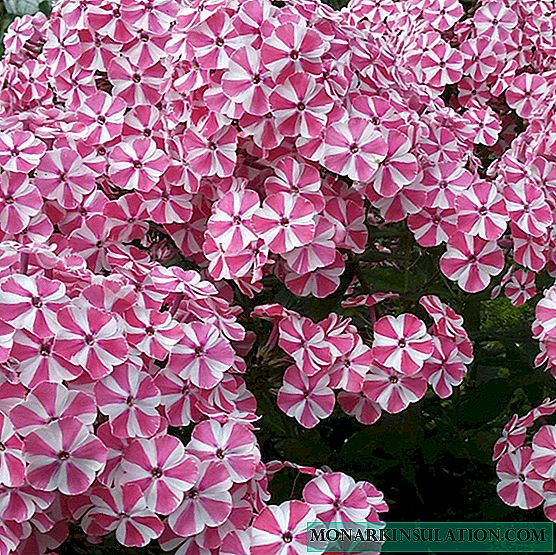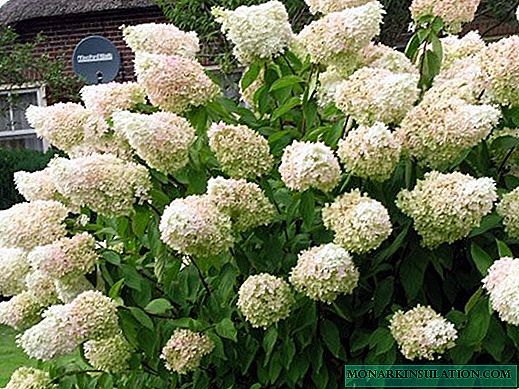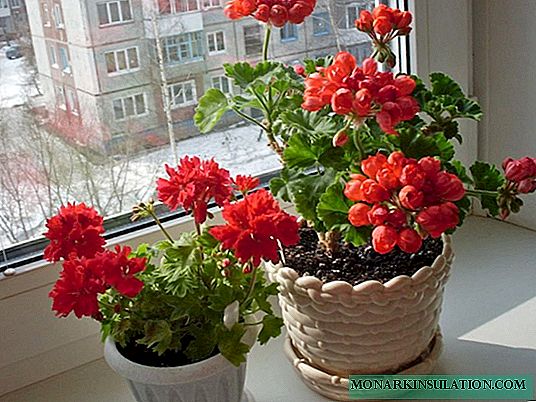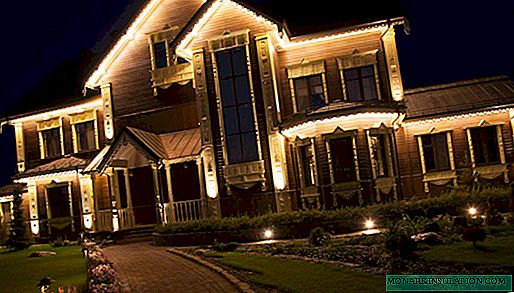
Artistic lighting of the front of the house is a popular trend in the field of lighting design. The task of architectural lighting is to emphasize the uniqueness of the structure and the beauty of the architectural object. Artistic lighting allows you to favorably highlight the silhouette of the building against the background of other buildings, thereby emphasizing the status of the owners of the house. But in addition to the aesthetic function, the lighting of the facade of the house also provides comfortable conditions for living and relaxing in the dark.
The main types of architectural lighting
By organizing the illumination of building facades to create an artistic image, designers use several lighting options.
Option # 1 - flood light
General flood lighting allows you to show the architectural intent of the creators and effectively emphasize the style features of the building. It is used to illuminate stone or concrete cult central buildings and historical monuments. Lighting devices are placed on the roofs of nearby buildings or installed on the ground.

Floodlight is created using large-sized, but low-power floodlights, which are installed around the perimeter of the building
But flood lighting works only in combination with directional light, the task of which is to highlight the most interesting details and "highlights" of the building. Directional light is created with the help of devices of smaller sizes and weaker power, which are installed on special supports around the perimeter of the building.
Option # 2 - local highlighting
This type of lighting is used to pinpoint the most striking architectural elements of the building: relief, columns, plates.

With the help of local illumination on the front of the building, you can create real light masterpieces that organically connect with the lighting of garden paths, individual plants and other elements of the decor of the house area
Option # 3 - hidden backlight
In the lighting design, there are three types of hidden and local lighting:
- Silhouette - creates expressive outlines without detailing individual elements.
- Contouring - gives the building a soft glow. For this purpose, neon and LED strips are mounted along the contour of the facade.
- Color dynamics - a combined version of the backlight, with which you can change the light intensity, color palette, and beat the effects of light shadows.
This is how it looks:

Hidden lighting is designed to create a unique lighting pattern, giving the building geometry an unusual visual effect and unobtrusively demonstrating the beauty of architectural outlines
General rules for the organization of facade lighting
When designing the facade lighting in a private house, the owner solves two problems at once: it ensures the decorativeness of the building and creates conditions for comfortable and safe movement around the site in the dark.

Proper placement of lighting devices will veil minor flaws and shortcomings of the building, emphasizing its unusual and originality
Whatever the exterior, when properly played with light, it becomes bright and at the same time mysterious, modern, but with a touch of the Middle Ages.
To achieve the desired effect, the masters of light design offer two options:
- The simplest is the placement of spotlights on the territory that will flood the building from all sides with powerful light.
- Point placement of devices on the facade, with which you can successfully highlight the advantages of architectural elements.
It should be borne in mind that not all types of lighting used to decorate urban buildings are suitable for lighting a private building. For example: flood lighting is not suitable for the reason that the light from the searchlights is designed for a high height, which is often not enough for private homes. In addition, flood light will be directed to the windows of the house, thereby delivering only inconvenience to its owners.
To illuminate the walls of the building, it is better to use down-light fixtures, in which it is convenient to change the angle of the lamps. Occupying a minimum of space, they are able to give the same lighting effect as a small spotlight.

In highlighting country houses, when you need to highlight facade elements, it is better to use LED and neon directional lights
Using directional light fixtures equipped with halogen lamps, you can create unusual effects by adjusting the direction and radius of the scattering of the outgoing beam. LEDs, consuming a minimum of energy, are able to create a powerful and uniform light fill. Especially home lighting wins when using overhead lighting.
Bollards, gates and colored illumination are successfully combined with facade lamps. Decorative lanterns and bollard supports are used to illuminate the area directly in front of the house.

Due to the wide variety of styles and shapes of lighting fixtures, the overall style of the house can be kept intact.
To illuminate the blind area of the house and its porch, it is better to choose lamps with distributed light, which due to special reflectors are able to evenly fill a certain area. The ideal option is to use a single style of all types of lighting, both architectural buildings and landscape lighting composition. Only under such a condition, facade lighting against the landscape will look harmonious and beautiful.
It should be noted that lighting devices on long brackets during daylight hours can spoil the aesthetic appearance of the building's facade.

Lamps on the facade of the mansion can literally transform the building: turn the house into a cozy nest, or, conversely, into a monumental structure
When designing architectural lighting, it is important to comply with all energy consumption standards, making the backlight economical, but at the same time convenient to use. To this end, it is divided into two zones: the main and side entrances, as well as secondary elements for which separate lighting devices are used.
How to choose the right equipment?
The choice of a complete set of lighting devices depends on the scale of the territory and the features of the building. The determining factors will be:
- the purpose of the equipment;
- type of lamp;
- type of fastening;
- mounting method.
Since the main task of electrical equipment is to emphasize the architectural attractiveness of the house and make the area safer, you should first of all pay attention to the technical characteristics of the devices.
The lighting device must fully comply with the required protection standards. Which include electrical safety, moisture and dust resistance, protection against mechanical stress, as well as the suitability of use in certain climatic conditions.

To illuminate facades, halogen and metal halide lamps are most often chosen, the service life of which is an order of magnitude longer than traditional fluorescent ones. But still, diodes have the longest life
The main points that you should pay attention to when arranging architectural lighting:
- To illuminate the building, use fixtures with IP65 protection;
- Preference is given to lighting devices in aluminum cases;
- Design diode lighting power through a transformer;
- The maximum visual effect can be obtained by highlighting from the bottom up;
- The voids and surface drops existing on the facade are successfully distinguished by filling in different colors.
An alternative to aluminum luminaires can be made of “plastic” models made of acrylic or polycarbonate.
Do not forget to highlight the house number plate. To do this, you can purchase a special lamp on which the number is displayed or install a small wall fixture, the address and number on which is played out due to simple design techniques.
Holiday Lighting Examples
Options for the festive decoration of a country house:
In lighting the facade of a country house, the main thing is not to overdo it, otherwise the elegant cottage will lose its architectural dignity in the dark, turning into a colorful decoration of the site.











